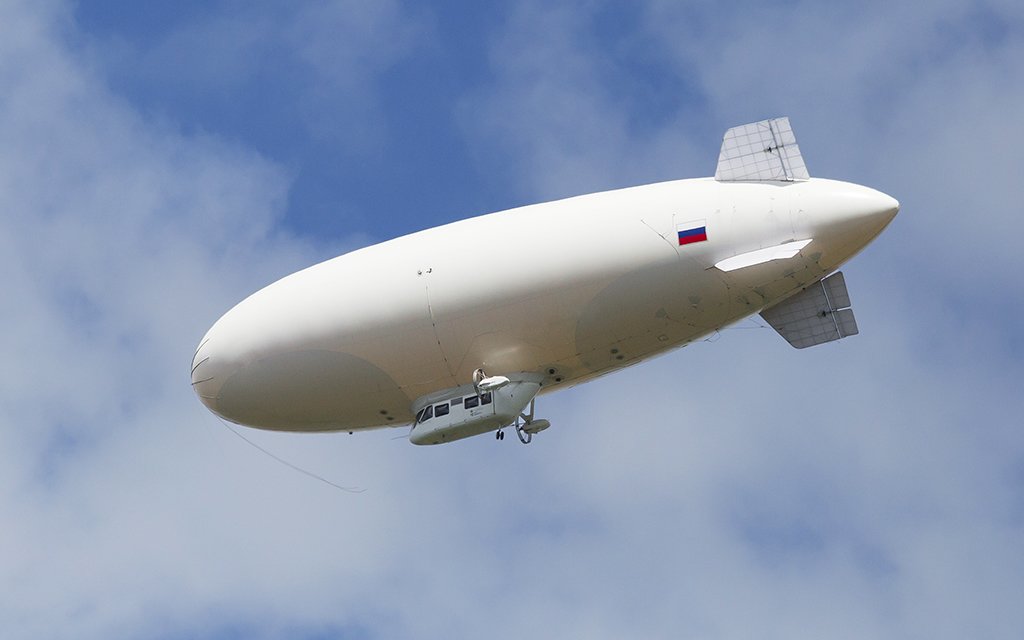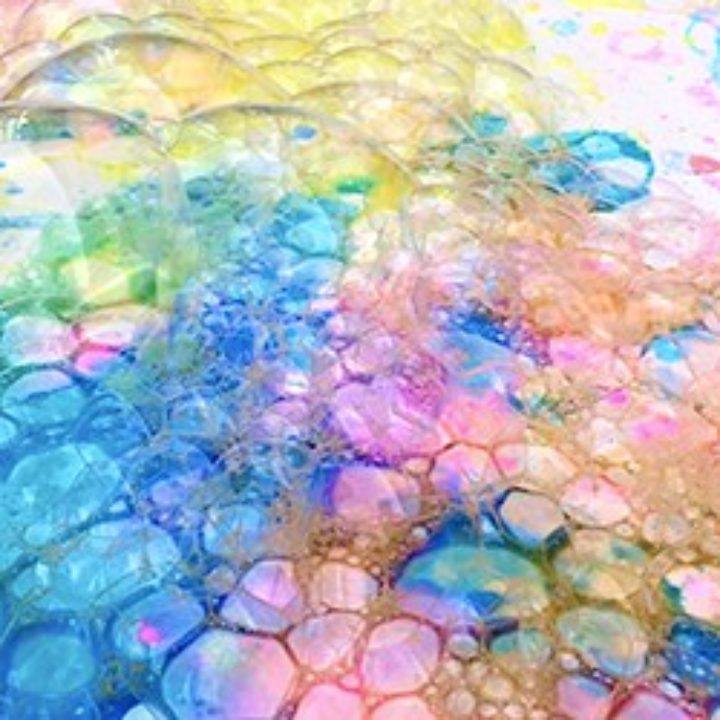Space, Aeronautics and Bubbles
“Space, the final frontier…” These are the words the Star Trek captains spoke at the beginning of their programs, describing outer space, and the planets and moons, stars and galaxies that make up the universe. The universe is incredibly huge. It would take a modern jet fighter more than a million years to reach the nearest star to the Sun. Travelling at the speed of light, it would take 100,000 years to cross our Milky Way galaxy alone.
A LOOK AT OUR SOLAR SYSTEM
There are eight planets in our solar system. Four of the planets are located in the inner solar system, closer to the sun, and four in the outer solar system, farther away from the sun. The inner planets are smaller, and the outer planets are larger.
The INNER PLANETS are Mercury, Venus, Earth, and Mars.
The OUTER PLANETS are Jupiter, Saturn, Uranus, and Neptune. There are dwarf planets that lie within the solar system as well. Pluto used to be considered a planet, but now it is categorized as a dwarf planet.
A Planet Song
We are the Planets
Explore Space!
See how big the planets would look if they were as close as the Moon:
Our Moon
We have one moon, and it orbits our Earth every 27.3 days. The Moon is the Earth’s only natural satellite. It is approximately 238,857 miles from the Moon to the Earth.
The Moon is the fifth largest moon in our Solar System. Other planets have moons, too. You can read about them at this link: https://www.planetsforkids.org/moon.html
The Dark Side of The Moon: The Moon takes about the same amount of time to rotate on its axis as it takes to orbit the Earth. This means that we only ever see about 50-60% of the Moon’s surface from the Earth. The side that we can see from Earth is called the near side while the other side is called the far side. The far side is sometimes called the dark side of the moon even though it is lit up by the Sun just as much as the side we can see.
Gravity on the Moon is only about one fifth or 17% as strong as it is on Earth. That means that if you were jumping on the moon, you would go much higher than on Earth.
Our Moon
The Phases of the Moon
The Sun Room Flies to the Moon!
Sundance Kindergarteners Visit the Moon!
The Sun
At the center of our solar system is the sun. The sun is actually a star. Compared to other stars in the universe, our star is considered average in size. But that doesn’t mean it isn’t REALLY big. It’s so big, that over a million Earths could fit inside it!
Read more about the sun: https://theplanets.org/the-sun/
VIDEO: How did the Solar System form? https://spaceplace.nasa.gov/solar-system-formation/en/
Video for Older Students About the Sun
Check out this amazing video that the students of Sundance created! They did background artwork and made the soundtrack. Floating was recorded in front of the IDEA Lab green screen.
The Northern Lights
The northern lights (called the aurora borealis) and the southern lights (aurora australis) appear when tiny particles stream out from the Sun and hit Earth’s atmosphere. The particles give some of their energy to atoms and molecules of gases in the upper atmosphere. But the atoms and molecules cannot hold the energy. They quickly give it off as another kind of energy—the colors of light that we call the aurora. These lights occur most often around the North Pole and South Pole because the incoming particles have an electric charge. As the particles arrive, Earth’s magnetic field guides them toward the poles.
Watch the Northern Lights
What Causes the Northern Lights?
The Milky Way Galaxy
There are about 200 billion stars in the Milky Way Galaxy. Red dwarf stars are smaller than the sun and burn very slowly. Blue giant stars are large and very bright.
Do you see the red spot on the image of the milky way? That’s where our solar system is located!
The complicated design of our solar system
Trivia!
The Milky Way candy bar was named after a popular milkshake (and formulated to taste like it) in the early 1900s. The Milky Way malted milkshake was actually named after the galaxy.
Astronauts, Astronomers, Rocket Scientists and Explorers
An astronaut is a person who is specially trained to travel into outer space. There are so many different jobs an astronaut might do when exploring space. You might be a commander who leads the mission! You might pilot a spacecraft! And depending on the purpose of the mission, there are so many other scientists who might train to go into outer space as an astronaut.
Astronauts have to train extensively before they can take off into space. Both high gravity during launching, and weightlessness in orbit can be hard on the body. Astronauts need to know a lot: they need to have a lot of technical knowledge at their fingertips for quick decisions. There could be stressful situations in a flight and many problems that need to be solved quickly while on a mission.

Do you think you could be an astronaut?
Astronaut Handbook Read-Aloud
Spacesuits
Spacesuits are designed to protect astronauts when they leave their spacecraft. Spacesuits provide astronauts with air, keep their temperature and pressure steady regardless of the cold or heat outside the suit, and protect them from the radiation of the Sun. Sometimes an astronaut will tether the spacesuit to the spacecraft so the astronaut won't float away while she does jobs outside the craft. Some spacesuits are equipped with small rocket thrusters to give astronauts the ability to navigate around the outside of the spacecraft.
Read more about spacesuits:
Tree Room astronauts head out into space and tell their own stories:
Things that FLY in the SKY!
Airplanes
An airplane, or “plane” refers to any type of power-driven aircraft that has fixed wings and is heavier than air. Airplanes come in all sizes.
- This is a link to some of the smallest airplanes in the world: https://www.flights.com/blog/smallest-airplanes-in-the-world/
- Here’s a link that shows some of the largest airplanes in the world: https://www.cnn.com/travel/article/worlds-largest-airplanes/index.html
- An airplane moves through the air with the help of its engine and wings. The wings are shaped in a particular way so that air flows over them and gives them lift.
- Read more about airplanes: https://www.sciencekids.co.nz/sciencefacts/vehicles/airplanes.html
Blimps and Dirigibles!

Airplanes are heavier than air. Their wings and speed help them to fly. An airship or dirigible balloon is a type of lighter-than-air aircraft that can navigate through the air under its own power. These types of airships, also called aerostats, gain their lift from a lifting gas that is less dense and thus lighter than the surrounding air.
Want to read more? Try this website: https://www.airships.net/dirigible/
BUBBLES!
Who doesn’t like bubbles? Just watching bubbles float by will put a smile on your face. A bubble is a thin film of soapy water that encloses air. The enclosure creates a hollow sphere.
Learn More About Bubbles
Blow Bubbles with Elmo!
FAMILY CHALLENGE QUESTIONS:

-
If you were an astronaut, and you could only take one personal item with you to the moon, what would you choose?
-
Is there something that you would leave on the moon for future explorers to find? What would it be, and why would you choose that?
-
What planet would you like to visit most if you had a spacesuit that could keep you safe? Why?
-
If you had your own airplane, where would you go first?
CHALLENGE ACTIVITIES
Follow these steps to make your own airplane!
Play Outside with your airplanes:
-
Whose plane can fly the highest?
-
Whose plane can fly the furthest?
-
Whose plane lands rightside-up? Whose lands upside-down
Come up with your own games with your airplanes; take pictures and videos and share them with sundance@thesundanceschool.com!
Make Bubble Solution!

Creating a bubble solution can be quite simple: 5 cups of water, 2 cups of dish soap. ¾ cup of corn syrup. Pour the corn syrup into the water. Stir well. Add dish soap. Stir gently so that you don’t create foamy bubbles and store in plastic containers. This recipe creates a large batch. You may want to scale down.
Make a Bubble Wand!

Bubble wands can be made from pipe cleaners twisted into a circle. String a loop of cotton twine on a stick will create large bubbles! You may want to experiment with different tools, anything with a hole might work. Let the children try different methods to create a bubble. They may even want to use their hands to blow a bubble. If their hands are covered in the solutions the bubbles will stick to their hand.
DRAWING a SPHERE!

Creative Activities!
“Discover” a NEW planet!
Can you create and draw your own new planet? Where will it be? Near the Sun, or far out in the Solar System? Will it have rings or moons? Will it be a GIANT like Jupiter or a small planet like MERCURY?
Breaking News! Second graders have “discovered” new planets in our Solar System.

Bubble Art
You will need:
- a shallow tub
- dish soap
- a straw
- food coloring
- paper.
Fill the tub with water, a few drops of food coloring and some dish soap. With your straw start blowing into the tub to create a bubble bath. When you have a sufficient amount of bubbles, gently place the piece of paper on top of the bubbles. Be sure not to submerge the paper. Gently lift the paper and voila! A bubble painting.
Design a Rocket ship
What would you put in it? What do you think astronauts need?
Draw it first. Then, build it out of recycled materials or paper or blocks or LEGO or anything you have. Take a picture of your rocket and give it a fantastic outer space name.
A Designer Spacesuit
Now that you know so much about spacesuits, design your own. Draw and color in your design. What extras would you add to make it fashion-forward? What technological gadgets would you include to make it do what you think a spacesuit should do? Would it have music, would it fly? Would it have a pizza oven sewn right in? Use your imagination!!
Extend the activity by writing and illustrating a story about someone who wears your spacesuit for a mission in space. What will happen?
Virtual Field Trips
Visiting Kennedy Space Center:
Putting on a Spacesuit from Euronews:
Visiting Boeing Johnson Space Center:
Buhler Challenger Center (Grades 4+)
STORYTIME VIDEOS!
On the Moon by Anna Milbourne and Benji Davies:
Many Moons by James Thurber:
Lily and the Moon:
Life on Mars by Jon Agee:
How to Catch a Star by Oliver Jeffers:
APPS:
- Skyview: See where every planet and star is all day and all night
- My Spacecraft: Very kid-friendly app about being an astronaut
- Solar Walk: Beautifully designed app that lets you explore the solar system
.png)